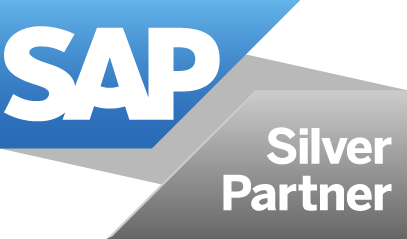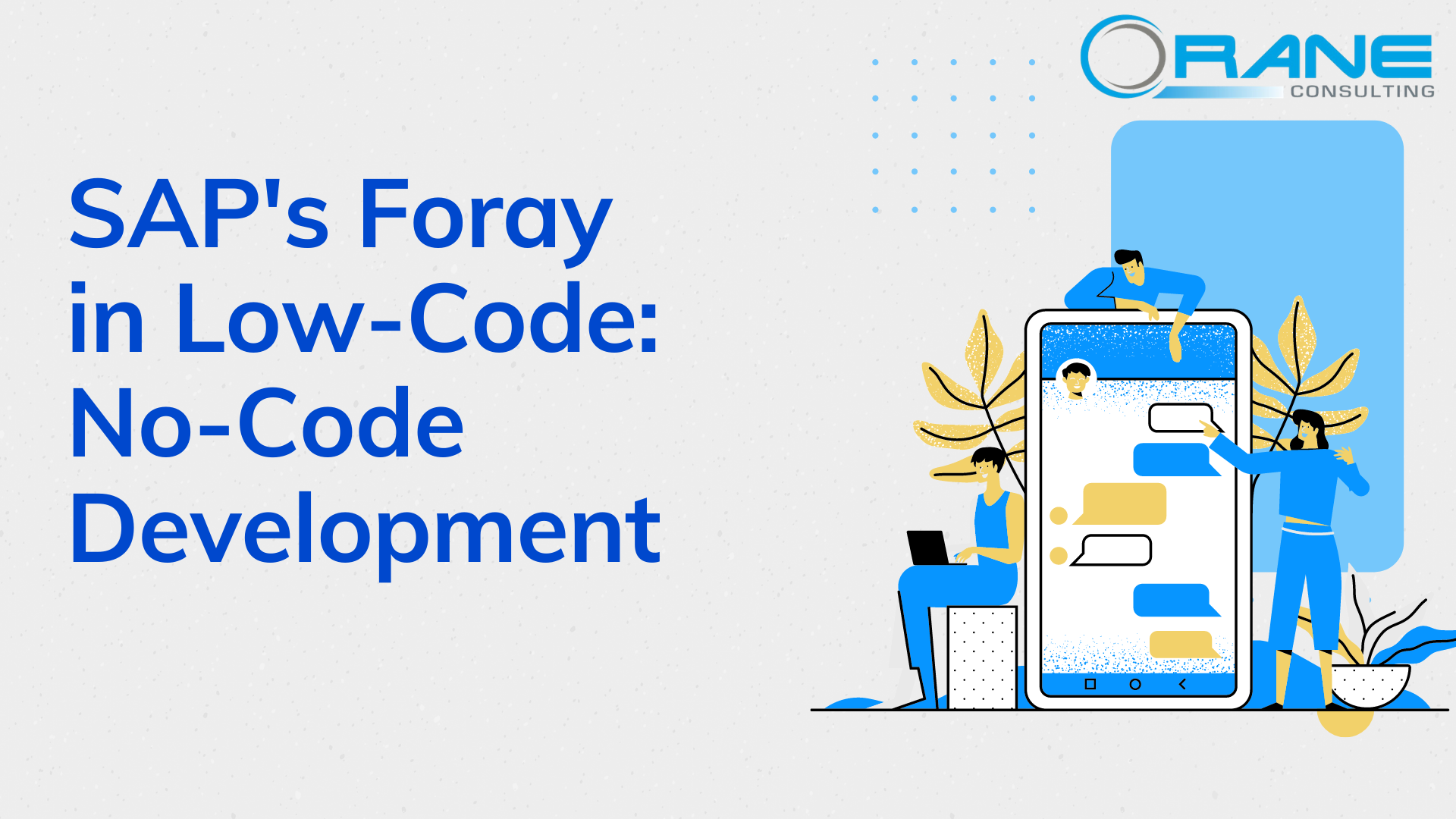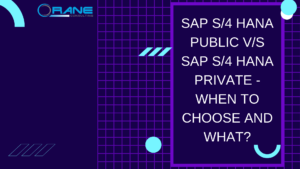Introduction:
The digital economy has progressed beyond expectations, largely thanks to the disruptions in normalcy caused by the COVID-19 pandemic. A vast number of first-time users in several digital facets such as online banking, online education, digital entertainment, virtual workstations for remote work, etc. has created a faster roadmap into digital supremacy for mankind. While ambitious digital prophecies are fast gaining attention on one side, enterprises are facing challenges in keeping up with the rising demand, struggling to launch applications faster into the market. The struggle can be attributed largely to the slower pace of software development and the lack of innovations in that space.
One of the most promising solutions to speed up innovation in software in recent times is the emergence of low-code or no-code platforms for software development. Gartner estimates that in 2021 alone, there will be a 22.6 % growth in the market value of low-code platforms with a global market size worth USD 13.8 billion. Low-code and No-code development platforms are similar in their aim to make coding a less intense activity and focus on developing software through visual construction and automation across all stages of a typical software development lifecycle.
Nearly all major tech companies are foraying into the low code and no-code development domain to help their development teams unlock more value from their efforts through faster code realization.
Being one of the forerunners and leaders in enterprise digital transformation, SAP had its eyes set on low-code and no-code development platforms for long. It was natural that they would have an interest in this development paradigm as most of SAP’s enterprise software is exceptionally large and development efforts often extend to timeline lengths other software vendors haven’t experienced.
In December of 2020, SAP made use of their first-ever fully virtual and free TechEd Developer conference to announce not 1 but 3 offerings aimed specifically at the low code and no-code development market. All three were their Cloud Platform Extensions that the tech giant claims will enable developers as well as business users to build software and processes at ease with minimal or no coding involved. They are
– SAP Cloud Platform Workflow Management
– SAP Ruum Solution
– SAP Intelligent Robotic Process Automation (RPA) 2.0
Let us have a brief look at what each does in the realm of low code and no-code development platforms.
– SAP Cloud Platform Workflow Management
SAP introduced this extension to focus on business processes and workflows with a low code approach. It allows configuration of business processes seamlessly by users who may be from the developer community or the business’s team of domain experts and encourages workflow automation within the enterprise. One of the best provisions that this extension offers is the integration with SAP’s suite of Experience Management solutions as well as predefined content packages. This allows users to build customer-facing applications or capabilities easily by leveraging a combination of operational as well as experience data.
– SAP Ruum Solution
Ruum is SAP’s answer to the no-code development paradigm. It empowers business users with zero knowledge in coding to easily build departmental processes and automate them as well. It fosters teamwork, collaboration, and streamlined reporting on projects driven by non-technical users. SAP’s integral core within the extension manages security credentials thereby ensuring that there is no risk to organizational data that is transacted through the system across departments.
– SAP Ruum Solution
SAP ventured into the RPA space a couple of years ago but was mostly playing a catch-up game with other major tech vendors in this space. Well not anymore! The 2.0 version of their RPA platform focuses on becoming a key pillar in transforming businesses into digital powerhouses through intelligent and autonomous automation of several of their core businesses already powered by software from SAP. With more bot templates and better leveraging of advanced AI capabilities that SAP has acquired over the past couple of years, the Intelligent RPA 2.0 platform will enable enterprises to run more processes autonomously – ultimately driving faster productivity and improved business results. And all this is possible for enterprises without having to worry about the huge coding effort needed to bring new automated capabilities into their business.
While these three extensions showcase SAP’s desire to conquer the low code and no-code development platform market, it is not the only effort that the firm has taken in this direction in the near past. SAP made several acquisitions of companies that predominantly focus on building apps with minimal or no coding like for example the acquisition of AppGyver and integrating it with the SAP Business Technology Platform.
In 2021 itself, Forrester believes that 75% of all enterprise software will be built with low code development platforms. SAP certainly wouldn’t want to miss this bus in their universe of enterprise applications that can be found at the heart of nearly all major businesses worldwide.





